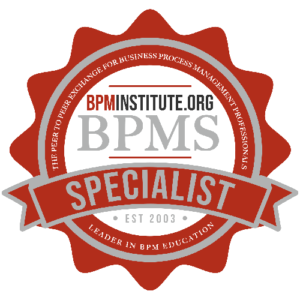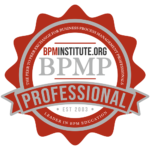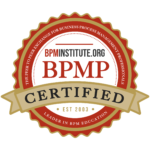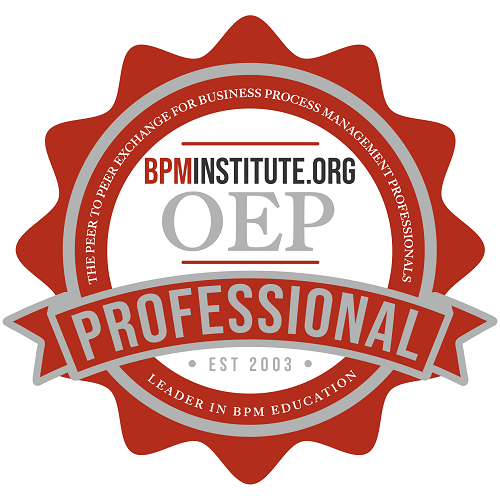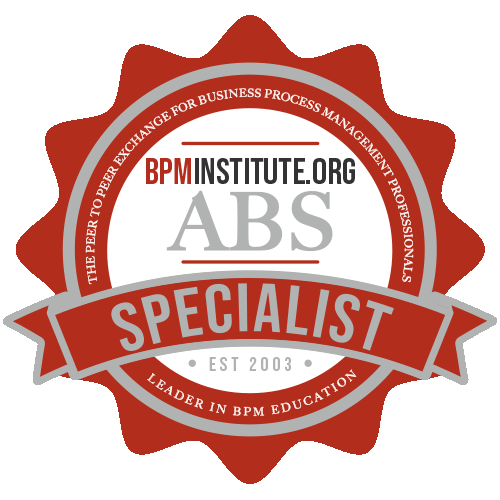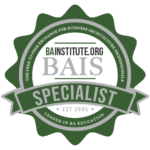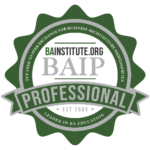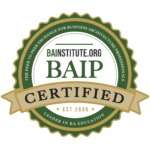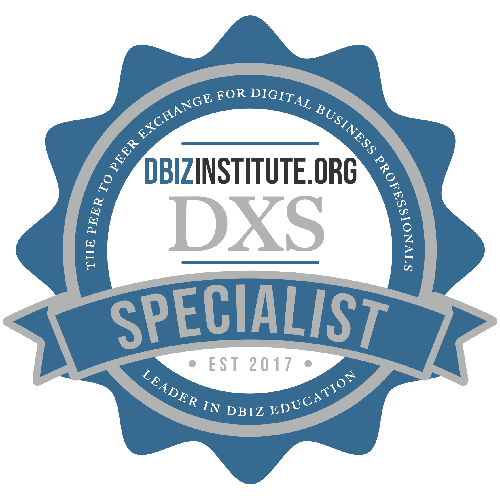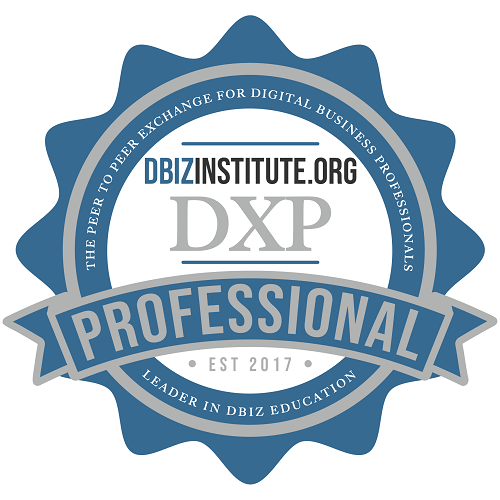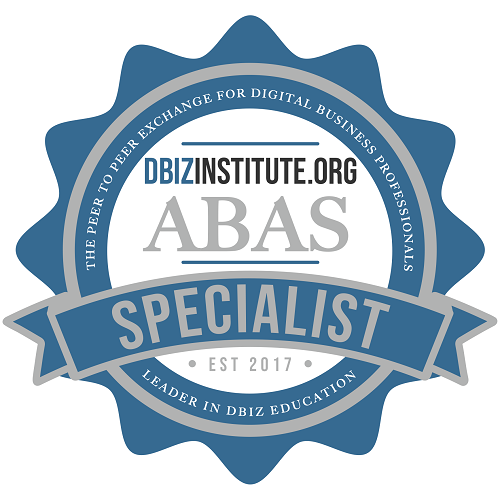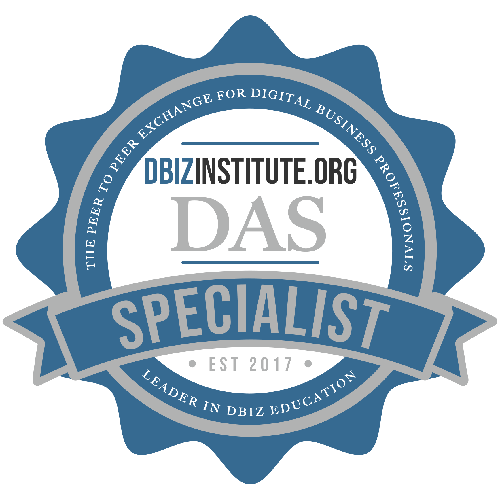Home / Resources
Resources
Discover a Wealth of BPM Knowledge and Expertise at BPMInstitute.org!

NIEM – A Model for Sharing Government Information
“Information is a source of learning. But unless it is organized, processed, and available to the right people in a format for decision making, it is . . . not a benefit.”– William Pollard

Effective Use of Business Architecture
In a recent discussion with a colleague, the relevance and effectiveness of Business Architecture artifacts like capability maps, value streams and organizational maps were the topic of discussion. His belief was that these artifacts were just a way to do drawings that document what has been done. I might add that he is a disillusioned Enterprise Architect, as most of the projects he was assigned just needed him to document the project result in TOGAF or DoDAF.
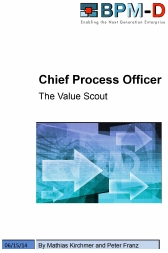
Chief Process Officer
We live in a continuously changing business environment, which moves ever-closer to a more-connected digital world. Successful organizations need to be proactive and adjust quickly. Therefore an increasing number of organizations establish a Business Process Management Discipline (BPM-Discipline(tm)) in order to move their strategy into execution at pace with certainty. As any other management discipline, the BPM-Discipline is established through the appropriate business process, the process of process management. This new process is led through an emerging top management role, the Chief Process Officer (CPO). The CPO manages the process of process management in a way that it creates value by executing the business strategy across organizational boundaries, like departments or divisions. The CPO is the “value scout” of the organization.

Systems Thinking in Business Process Management
In walking the line on Business Process Management (BPM) analysis and implementation, two valuable and non-technical skills are Experience and Judgment. Learning the latest techniques such as Agile, Lean and Six Sigma are filling the training pipelines. These skills are useful. Still, I recommend a second look at areas which are not currently in the forefront of practitioner popularity.

Effectiveness: Making BPM relevant for CEOs/CFOs
Decision modeling adds explicit effectiveness metrics to the more generally accepted efficiency metrics generated by business process modeling,giving the full picture to the Executive Suite. Process efficiency measures throughput, costs, error-rates and similar, while process effectiveness measures whether the process is fulfilling its purpose – picking the most profitable customers, for example. Most business process management metrics focus on efficiency measures since effectiveness measures generally depend on the decisioning logic embedded within processes. Explicit decision modeling turns a spotlight on process goals and associated effectiveness metrics. Executive leadership can now balance and trade-off efficiency measures like throughput with effectiveness measures like profitability.

Business-Driven Transformation Strategies & Roadmaps
Transformation roadmaps in many businesses tend to have a heavy technology focus, to the point where organizations invest millions of dollars in initiatives with no clear business value. In addition, numerous tactical projects are funded each year with little understanding of how, or even if, they align from a business perspective. Senior management often falls victim to the latest technology buzzwords, while stakeholder value, business issues and strategic considerations take a backseat. When this happens, executives who should be focused on business scenarios to improve stakeholder value fall victim to technology’s promise of the next big thing. This article discusses how executives can leverage business architecture to reclaim their ability to drive a comprehensive transformation strategy and roadmap.

Lean Six Sigma Roles in BPM? Don’t Fight – Join or Complement
BPM and Lean Six Sigma are not the same, but should they be enemies or partners?
BPM is defined by BPMInstitute.org as:
Business Process Management is the definition, improvement and management of a firm’s end-to-end enterprise business processes in order to achieve three outcomes crucial to a performance-based, customer-driven firm:

Meet the Author: Shelley Sweet, renown BPM expert and author of The BPI Blueprint
The BPI Blueprint provides you with a detailed plan of action to create results the first time, inspire leaders of business processes, and build invigorated skilled teams. So if you’re looking for a simple, no nonsense, guide to help you develop and manage effective Business Process Improvement projects, regardless of your experience level, you’ve got the right book.
In this conversation we will explore why Shelly wrote the book, how it’s different from other books in the field, what you’ll learn from the book, and how you can use its practical guides to make your projects easier and more successful.
We’ll talk about the audience for the book (it’s for more than BPM practitioners), and specific topics that can help your BPI projects, including:
Getting Started

Difficult People in the Virtual World – (part 2 of The Virtual Team Facilitator)
Difficult people can disrupt any meeting, and we all know their frequent styles and behaviors from face-to-face meetings. These are people such as the Heavy Talker, the Technical Expert, and the Know It All. Below are some more difficult people that apply in the virtual meeting. (Of course many of these roles apply in the face-to-face meeting as well.)
The Late Comer. You need to have the virtual tool set up at least 15 minutes ahead for a long meeting (over 2 hours) and 10 minutes before for a shorter meeting. Welcome people as they come on. Then at the start time, tell everyone you will start now or wait for 2 more minutes, and then start. When new people come in, welcome them and move along.

The Consequences of BPM without BDM
When BPM is pursued without pursing Business Decision Management—BDM—in parallel the direct consequence is that decisions become an afterthought in the processes that need them. In contrast, applying BDM techniques and technologies in parallel means that decisions are identified, managed and improved distinct from processes resulting in increased agility, simpler processes and improved consistency.
The risks of failing to manage processes and decisions are:

Change – Too Much of a Good Thing?
Agile. Continuous Improvement. The Virtuous Cycle. It’s true – change is necessary, and we all need to get better at adapting to change at an ever-more rapid pace. The increase in the pace of change in today’s world is exponential.
No one wants to get stuck in analysis-paralysis while the competition moves on without us, and there’s nothing wrong with experimentation and trying new things. However, it does sometime seem that changes are made for the wrong reasons, and not driven by pro-active, intentional movement towards goals. We’ve all seen decisions made without the necessary due diligence, and often those are compounded over and over as companies shoot from the hip, reactively trying to fix (or cover) their original mistake.

Requirements at the Speed of Business
How many of you have heard the statement “The project failed because we didn’t have good requirements”? I’ve heard it dozens of times. It doesn’t matter whether it’s from seasoned project teams or ad hoc teams. The single biggest reason for project failure is a problem with the requirements. Even with agile processes in place, I see the same things repeated over and over. In doing post-mortems on projects that failed and projects that succeeded I have found some common traits.

Evolving From Human-Centric to Social-Centric BPM
The need for evolution from Human BPM to Social BPM
With the significant cultural revolution brought about by social media resulting in a new set of social capabilities, enterprises are discovering value in collaboration and engagement of process users in the BPM execution environments. By traditional definition, human-centric business process management is an approach to BPM that focuses on human activities and human interventions in business processes, and supports them with automated functions 1. The emphasis was on operational efficiency, process visibility and control with business agility. Now, the adoption of social models and opportunities for collaboration are extending the traditional boundaries of human-centric BPM systems. There are many dimensions that necessitate this change in outlook.
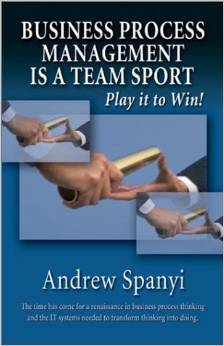
Business Process Management is a Team Sport: Play it to Win!
The idea for this book was born a couple of years ago when I was struck, once again, by the fact that the existing literature on business process management did not sufficiently address the need to integrate business process thinking with strategy, organizational structure and people issues. At that time, I intended to write the book in a traditional format.
I had almost completed the first draft when I repeatedly heard several senior internal consultants and middle managers complain that when it came to enterprise business process management, their senior leaders simply didn’t get it.

Customer Experience Measurement
An increasing number of organizations are monitoring the “Net Promoter Score” or NPS metric. While NPS can help an organization get a sense of where it stands with its customers, measuring NPS – by itself – is no guarantee of improved success in performing for customers. However a process based approach to measuring, modeling, and improving customers’ experience can produce significant results.

What About Unstructured Processes?
The race to define, standardize, automate and improve processes started with Henry Ford’s assembly lines. This ‘structuring’ of processes has driven tremendous productivity benefits for organizations, and managers are therefore trained to consider the organization to be a sum total of its processes. A key management goal is to drive more structure into business processes with automation being the desired end-state. While most data-driven, transactional processes have been automated over the decades, there is a class of knowledge-driven processes that have eluded efforts to structure or automate them. These ‘unstructured’ processes are variously referred to as Manual Processes, Expert Processes, Case Management, Supervisory Functions and similar. And the goal has been to apply process-centric thinking to structure and automate these pesky but high-value-add processes. This is not working and a new decision-centric approach needs to be considered.

Enhancing the Value of Your Government Transformation Road Map
“All you need is the plan, the road map, and the courage to press on to your destination.” – Earl Nightingale
If you are a government program or project manager, let’s say in the IT solutions (or services) delivery business, you’re probably devoting a lot of thought to the long term view of how you plan to deliver on the promise of your product(s), solution(s), or services(s) – even as you grapple with the day-to-day challenges, risks, and issues that inevitably arise to frustrate your best laid plans. I suspect that you’re also maintaining some form of a road map for each of your projects, to highlight the many intermediate goals that need to be accomplished along the way – perhaps feeling frustrated at times by the need to maintain all that information on a single, fairly intuitive page.

Wanted: A New Business Architecture Framework
We’re familiar with the enterprise architecture (EA) frameworks such as those of Zachman, TOGAF, and Federal EA Framework (FEAF). These frameworks provide a conceptual structure of ideas (Merriam-Webster, 2014) that helps us understand the process, value, and function behind EA. Is there one among these more popular frameworks that adequately expands on the business architecture value proposition of aligning strategy with tactical demands? Probably not.
What we need is a new business-oriented and customer-centric business architecture framework. Allow me to introduce a set of concepts and principles for this new framework that’s closer to the essence of business architecture. Let’s call this new framework, for lack of a better term the Enterprise Business Architecture Framework (or EBAF).

Difficult People in the Virtual World: Part 2 of The Virtual Team Facilitator
Difficult people can disrupt any meeting, and we all know their frequent styles and behaviors from face-to-face meetings. These are people such as the Heavy Talker, the Technical Expert, and the Know It All. Below are some more difficult people that apply in the virtual meeting. (Of course many of these roles apply in the face-to-face meeting as well.)
The Late Comer. You need to have the virtual tool set up at least 15 minutes ahead for a long meeting (over 2 hours) and 10 minutes before for a shorter meeting. Welcome people as they come on. Then at the start time, tell everyone you will start now or wait for 2 more minutes, and then start. When new people come in, welcome them and move along.

First and Last: A Tale of Two Enterprises
Far too often these essays are motivated by an observation of, or conversation with, an organization that has gotten itself into some trouble. Their pain becomes a springboard to discuss how things should be done in the world of decision management and provides an unfortunately steady stream of topics for forums like this. That said I am quite pleased to be able to report some generally positive recent experiences with Enterprises that are making great strides as they embrace business rules and decision management. We will use these as exemplars that other similar organizations might look to as they plot their decision management.
